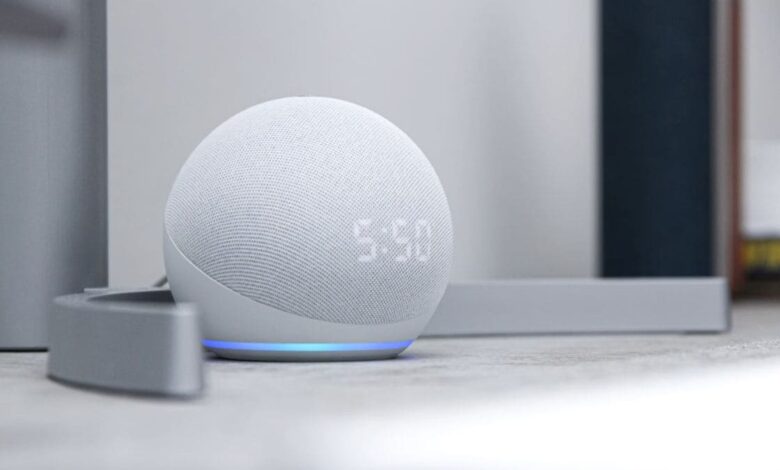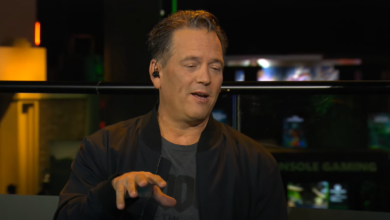Amazon could charge fees for loss-making Alexa service, plans AI revamp

Amazon plans to overhaul its decade-old, money-losing Alexa service, adding a generative AI with two levels of service, according to people with direct knowledge of the company’s plans. The company is also considering charging about $5 a month for access to the upgraded version.
Known internally as “Banyan,” a reference to the sprawling ficus trees, the project would represent the first major overhaul of the voice assistant since it was introduced in 2014 alongside the Echo speaker line. Amazon has dubbed the new voice assistant “Remarkable Alexa,” the sources said.
The sources include eight current and former employees who worked on Alexa and who asked to remain anonymous because they are not authorized to discuss confidential projects.
Amazon has pushed employees toward an August deadline to prepare the latest version of Alexa, three of the people said, noting that CEO Andy Jassy has expressed a personal interest in revamping Alexa. In a letter to shareholders in April, Jassy promised a “more intelligent and capable Alexa,” without providing additional details.
The sources cautioned that the company’s plans for Alexa, including pricing and release dates, could be changed or canceled depending on the progress of Project Banyan.
“We’ve already integrated generative AI into several parts of Alexa and are working hard to roll it out at scale to the more than half a billion Alexa devices in homes around the world, so we can deliver even more proactive, personalized and reliable experiences to our customers,” an Amazon spokeswoman said in a statement.
The service, which provides spoken answers to user questions, such as local weather, and can serve as a hub for controlling household appliances, was a hobby project of Amazon founder Jeff Bezos, who envisioned a technology that could mimic the fictional voice machine from the television series Star Trek.
For Amazon, it’s crucial to keep pace with competitors in the generative AI space. Google, Microsoft and OpenAI have gained traction for their so-called chatbots, which can respond to complex questions or queries almost instantly with full sentences.
ChatGPT’s launch in late 2022 sparked a wave of investment in AI companies, helping chipmaker Nvidia surpass Amazon and others in market capitalization, briefly becoming the world’s second-most valuable company.
Apple is also continuing with its own AI strategy, including updating the voice-controlled software Siri in iPhones to provide more spoken responses.
Some Amazon employees who worked on the project say Banyan is a “desperate attempt” to revive the service, which has never made a profit and has been sidelined in the past 18 months by the rise of competing generative AI products. Those people said senior management has told them this is a crucial year for the service to finally show it can generate meaningful sales for Amazon.
Accessible primarily through Amazon TVs and Echo speakers, Alexa is popular for setting timers, quickly accessing the weather, playing songs, or answering simple questions. Amazon’s hopes of boosting sales in its e-commerce business through the service have been dashed, especially since users want to see the products they’re buying first so they can easily compare them.
The Seattle retailer cut thousands of jobs at the facility in late 2023 as part of a major restructuring after pandemic-driven e-commerce growth lost momentum.
‘MUST WIN’
According to the sources, Amazon expects that customers will ask Alexa for shopping advice, such as which gloves and hat to buy for a mountain climb, thanks to its built-in AI. This is similar to the text-based service on Amazon’s website, known as Rufus, which Amazon introduced earlier this year.
Some said senior management had told them 2024 is a “must win” year for Alexa, which along with Prime membership and Kindle and Fire devices are the brands most closely associated with Amazon.
But an AI-powered version of the service demoed in September has yet to be released to the general public, while competitors have released multiple updates to their chatbots. In the demonstration, Alexa shed its robotic tone and answered questions like the kickoff time of a soccer game. “You can now have almost human conversations with Alexa,” promised Dave Limp, then Amazon’s hardware chief who has since left the company.
Amazon is working to replace what it internally calls “Classic Alexa,” the current free version, with an AI-powered version and another version that uses more powerful AI software for more complicated questions and prompts that people would have to pay at least $5 a month for, some of the people said. Amazon has also considered a price of around $10 a month, they said.
According to the sources, there is no connection to Amazon’s $139-per-year Prime membership that is being considered.
As anticipated, the paid version could perform more complex tasks, such as composing a short email, sending it and ordering dinner for delivery via Uber Eats, all from a single prompt, some people said. It could also eliminate the need to say “Alexa” repeatedly while talking to the software and offer more personalization, they said.
However, people said they wondered why customers would be willing to pay for a service, even an improved one, that is offered for free today.
Amazon has also been plagued by false starts in AI development and other challenges such as hallucinations — when software produces incorrect or misleading information — and low morale among employees in the division.
Business Insider previously reported on some of Amazon’s plans for the service, including performance issues with the underlying AI and hopes for a paid service. Reuters is the first to report on the tiered pricing, internal deadline and potential monthly fee.
Amazon also wants to boost the home automation that Alexa offers, the people said. Alexa can now wirelessly connect to so-called smart devices, allowing them to be controlled by voice, allowing a user to, for example, turn on the porch light every day at 8 p.m.
But Remarkable Alexa could learn from users, so that it turns on the TV for a favorite weekly show or starts a user’s coffee maker after the alarm goes off. It can already do that through prompts that Amazon calls Routines.
Some people noted that customers need to purchase additional Alexa devices for such a service to work properly.
The company was working last year on devices to bring the service to more rooms in the home, such as Alexa-powered energy-use trackers and a carbon monoxide detector, people with the knowledge previously told Reuters.
© Thomson Reuters 2024
(This story has not been edited by NDTV staff and is auto-generated from a syndicated feed.)




